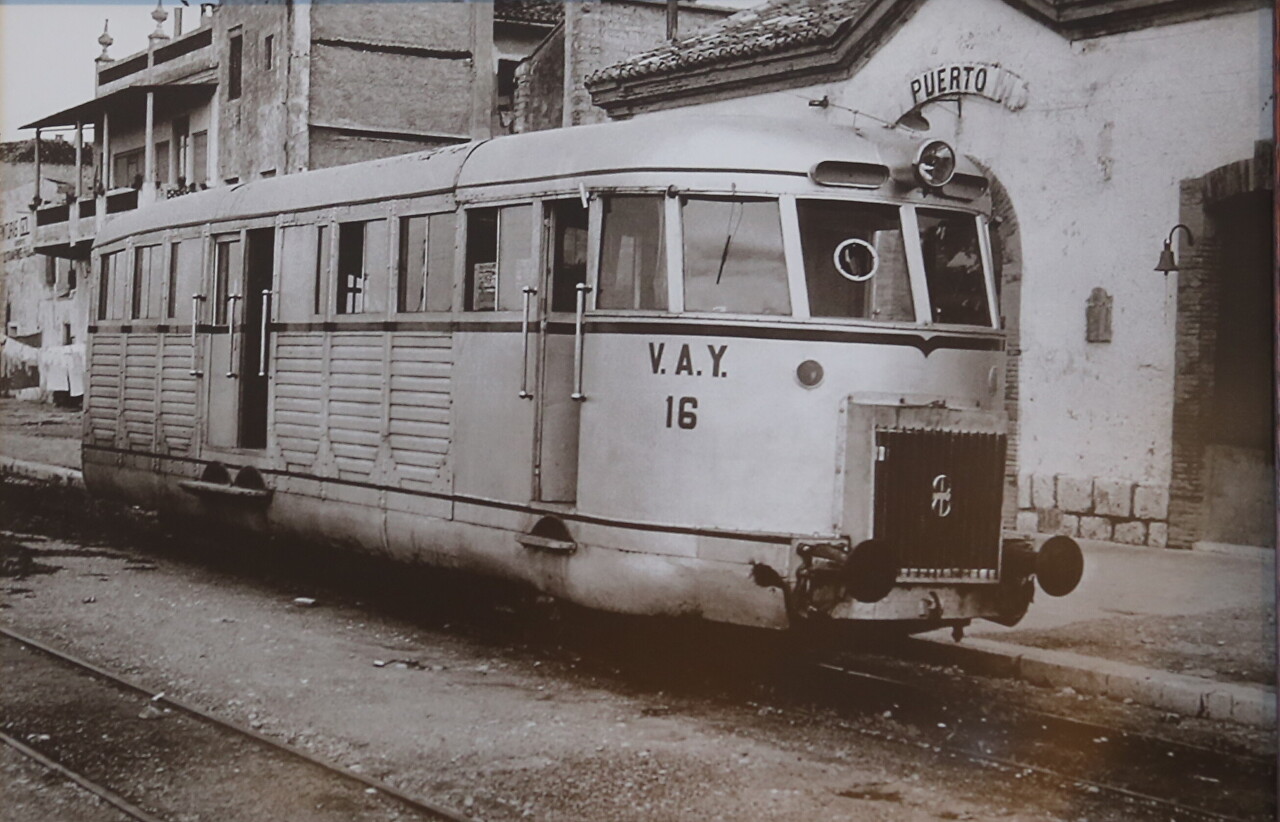Alcoy-Gandia Railway History
In the former railway station building of the small town of Almoines, three kilometers from Gandia, there is a museum of the narrow-gauge railway that existed from 1893 to 1969. The road was intended for the delivery of coal from the port of Gandia to Alcoy, at that time the largest center of the textile industry, as well as the export of finished products.
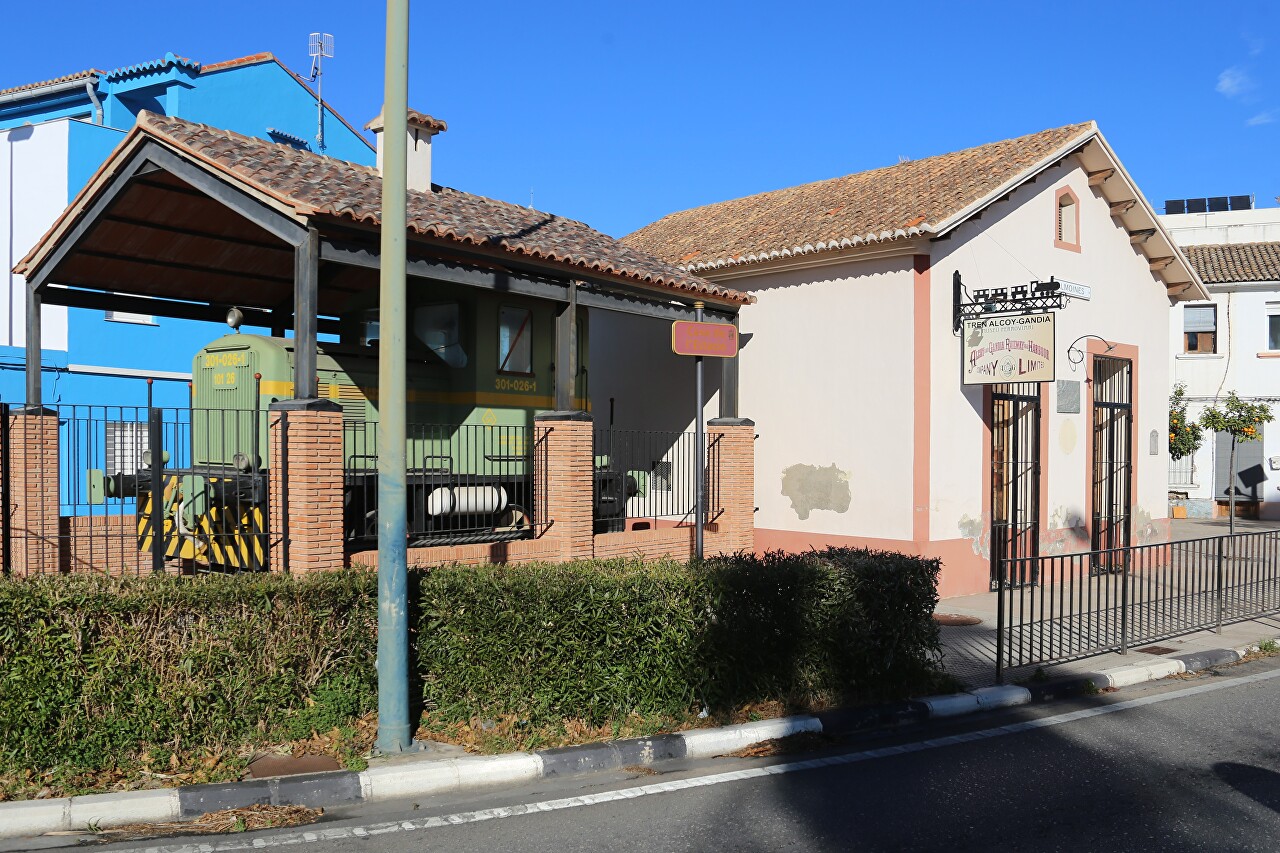
Britain, the main supplier of high-quality coal for steam engines, was interested in expanding its sales, and it is not surprising that the road was built and operated by the British company Alcoy y Gandia Rail and Harbour Co Ltd, founded in London in 1882.
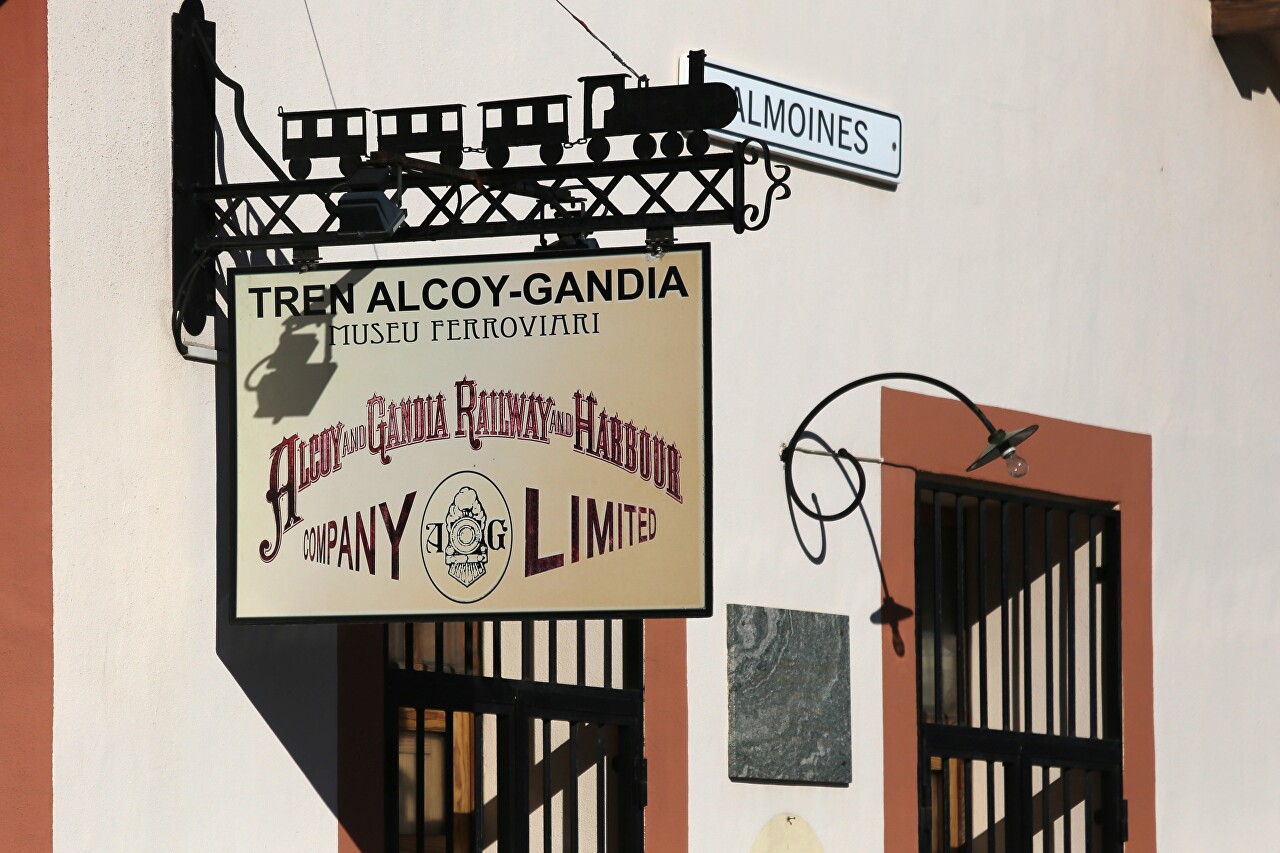
In the 19th century, Alcoy became the largest center of the textile industry. Initially, the mechanisms of weaving factories were driven by water wheels arranged on local rivers, but with the increase in production volumes, the need for steam engines arose. The steam boilers were powered by coal, which was not available in Spain and was imported by sea from Great Britain.
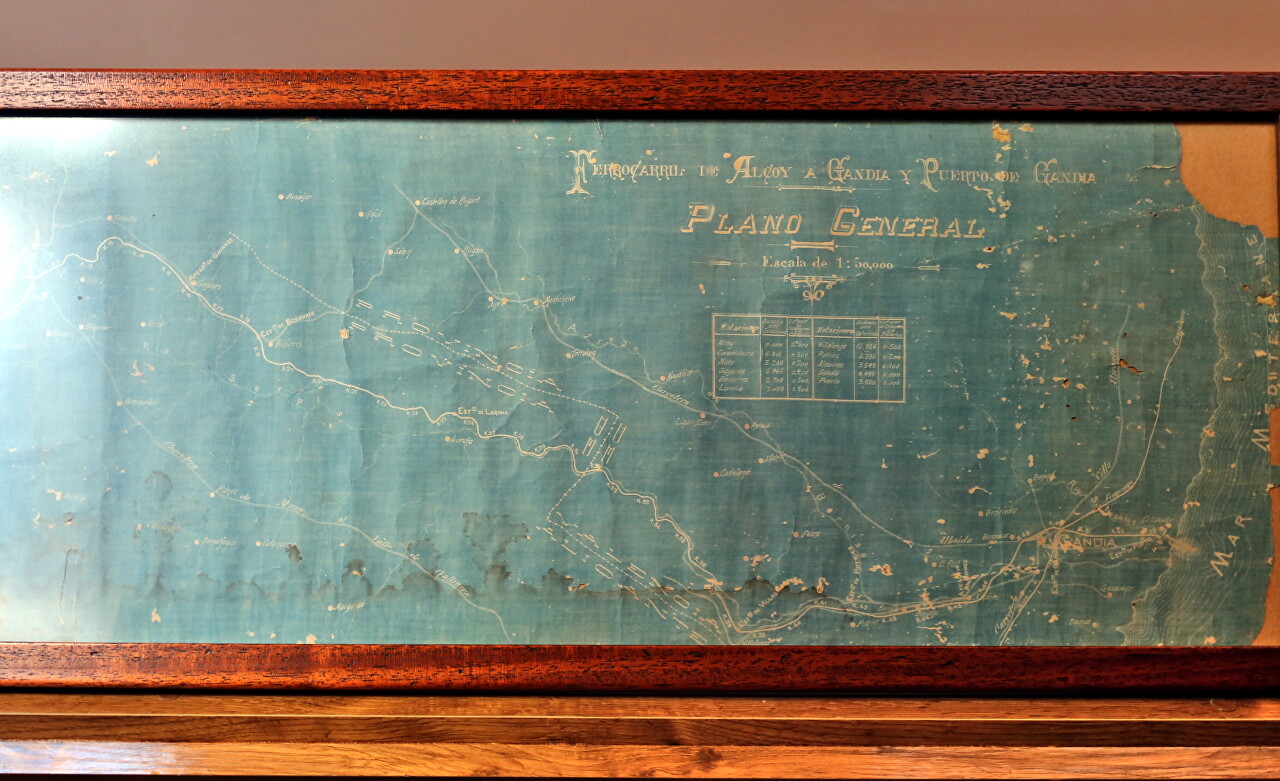
The situation was complicated by the fact that Alcoy is located in a mountainous area and did not have a convenient connection to the sea coast. The solution to the problem was to build a railway that would allow coal and raw materials to be imported and finished products to be exported. The nearest ports were Alicante and Denia, but the construction of the road in Alicante was hindered by mountains, and the port of Denia was shallow and could not accept large ships.
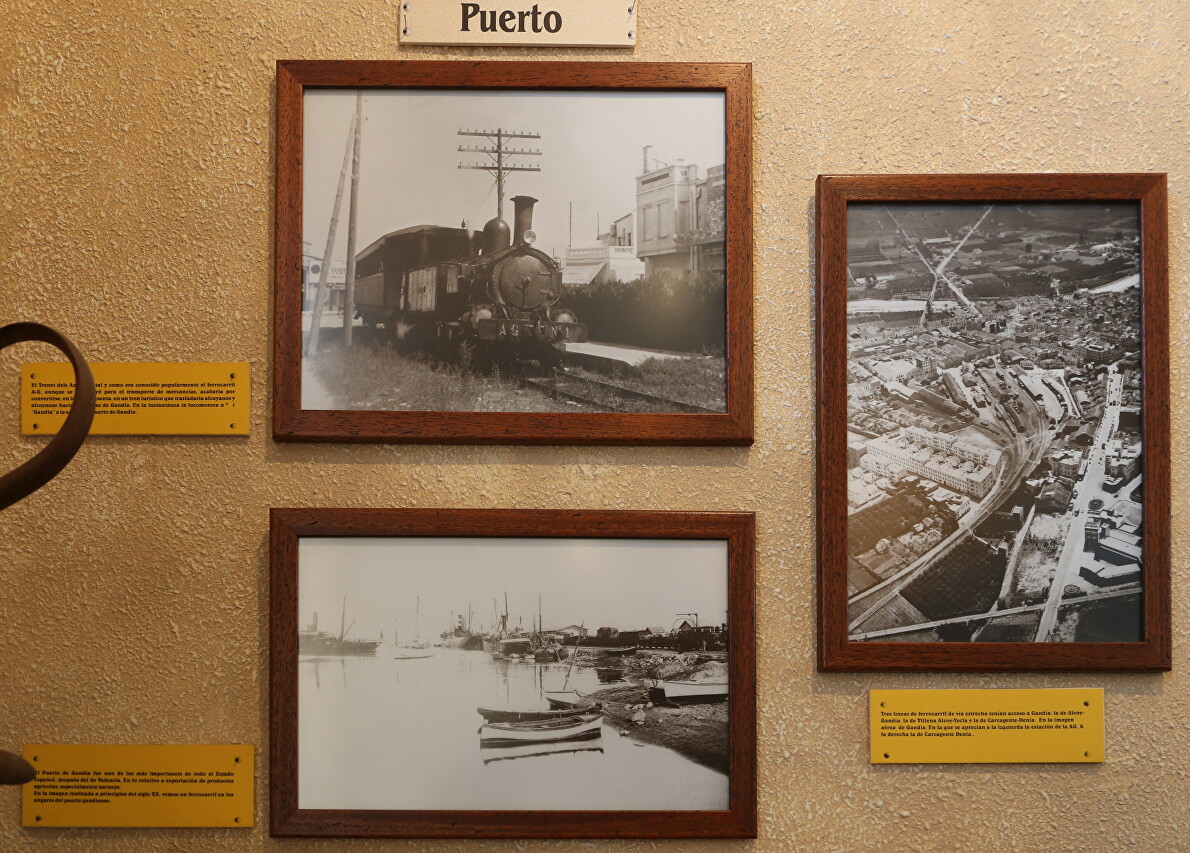
The solution was proposed by a large entrepreneur from Gandia, Jose Rausell Rivas, who was interested in building a port for the supply of wood and agricultural products, and the same port could be used to supply coal to Alcoy. The idea was supported by the liberal politician Sinibaldo Gutiérrez Mas, and on July 19, 1886, a Royal order was issued authorizing the construction and operation of a railway between Alcoa and Gandia.
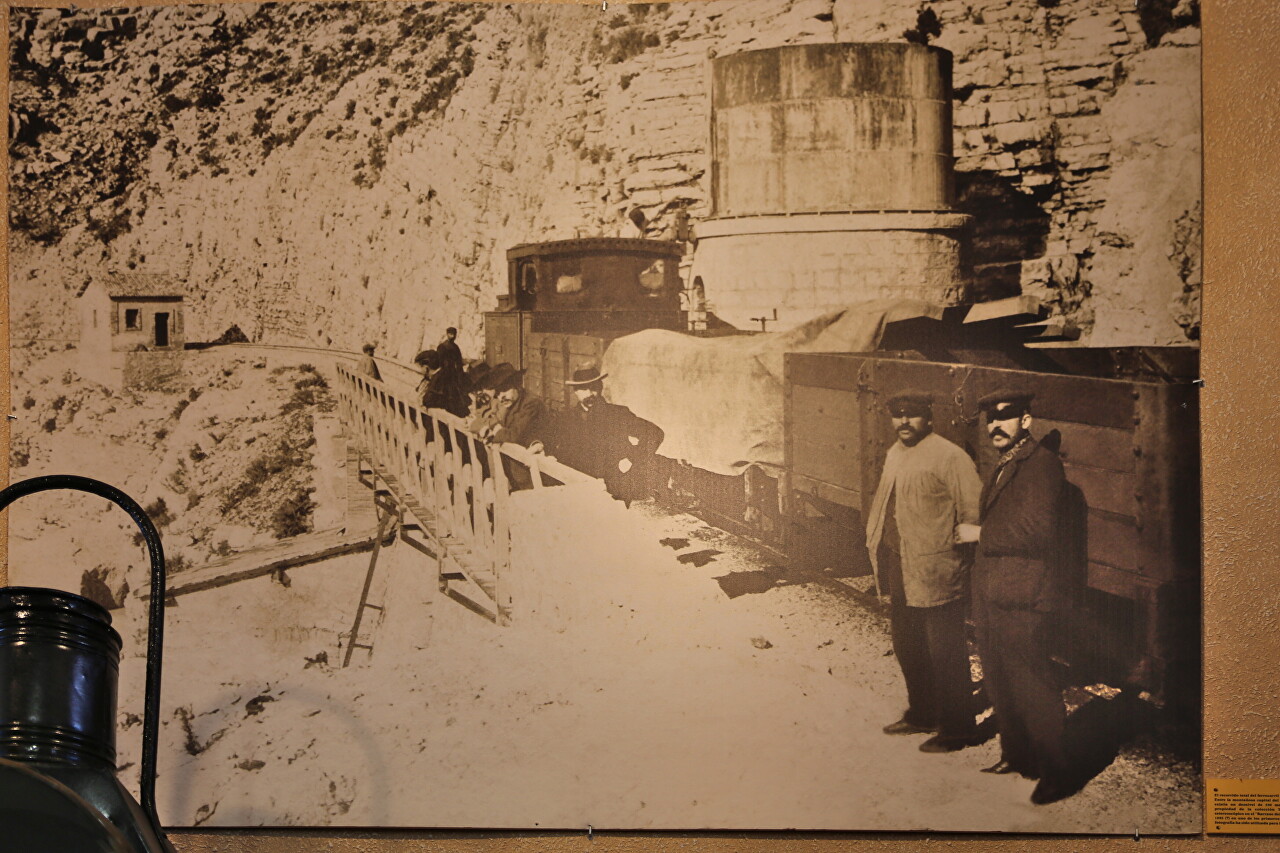
State subsidies were not provided and investors had to be found. These were found in Great Britain, which was interested in supplying its coal to Spain. In 1889, the Alcoy y Gandia Rail and Harbour Co Ltd was formed in London, which received concessions for the construction and operation of the port of Gandia and the Gandia-Alcoy railway. .
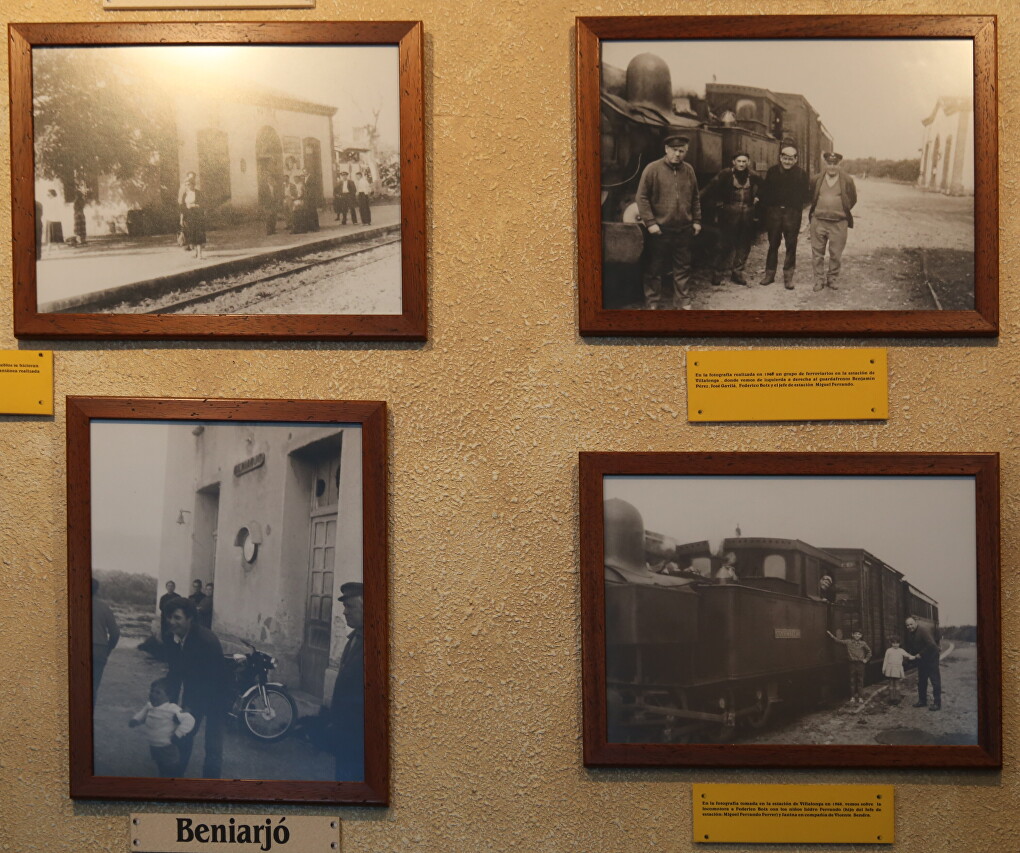
The total cost of the project was 23 million pesetas, of which 16 million were for laying tracks and building stations, the rest for locomotives and rolling stock. The construction contract was awarded to Lucien Ravel y Cía, with technical supervision provided by engineer Philip P. Ayres.
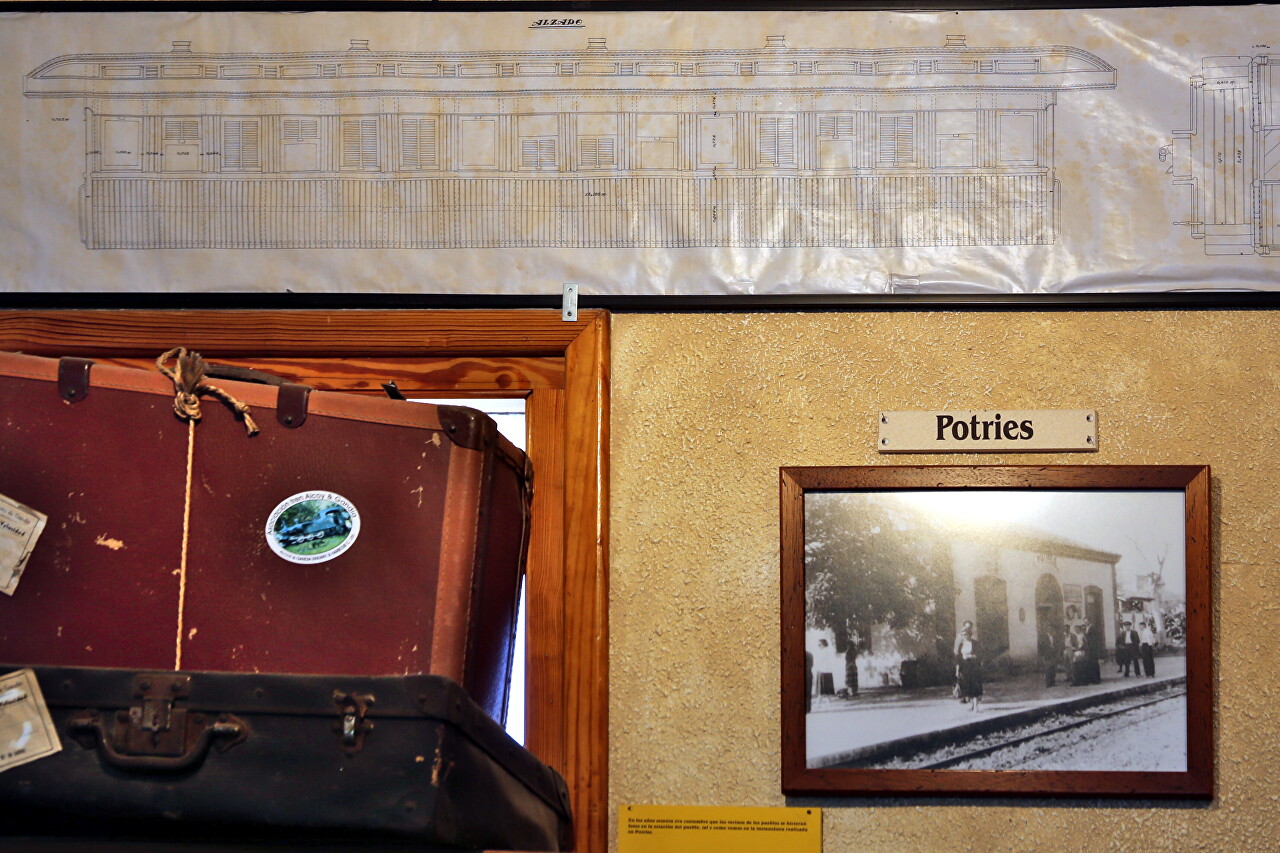
The route was difficult, 8 tunnels from 35 to 260 meters long and 12 bridges, including 6 metal ones, were sharpened. The 132-meter-long bridge over the Agres River was at that time the largest in the province of Alicante. Along the track, numerous tool storage cabins and temporary housing for maintenance crews were built.
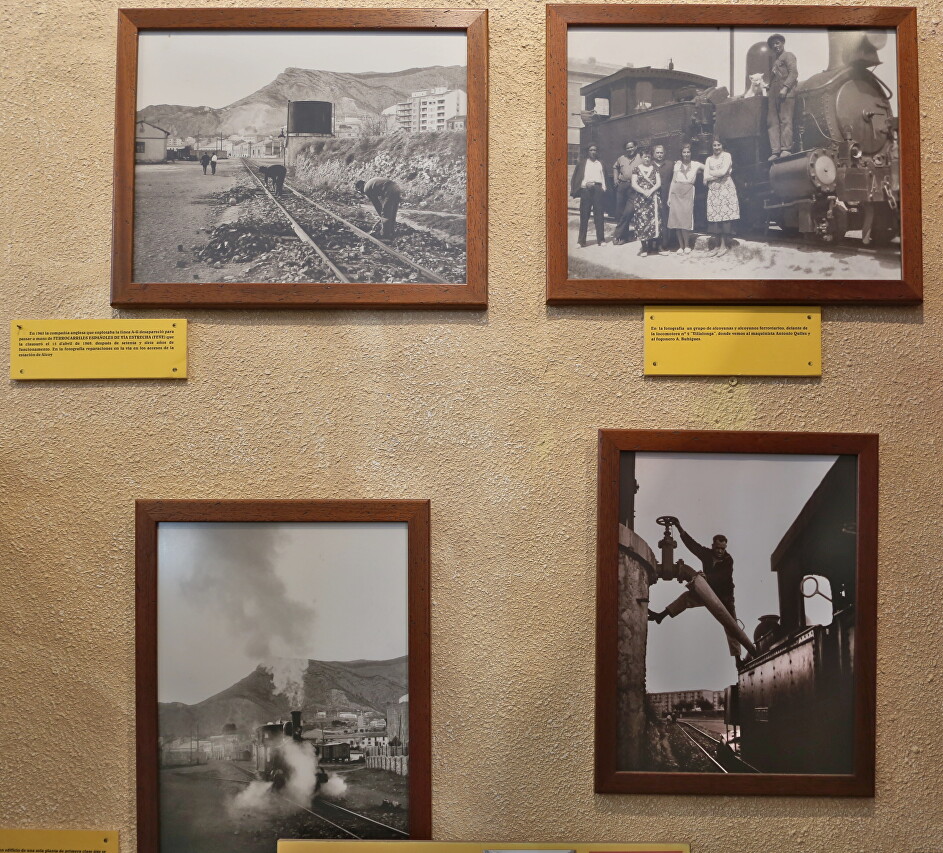
The line had 12 stations, its total length was 53.3 kilometers, and the height difference was 530 meters. Rails, rolling stock and station equipment were brought from the UK. Traffic was opened on January 24, 1993. it was commissioned in 1893.
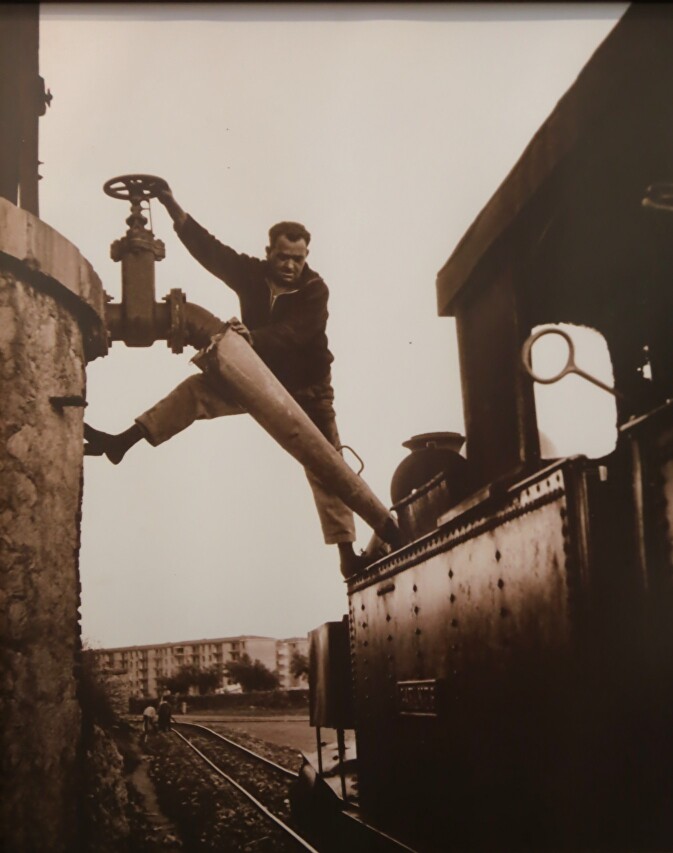
The locomotives were manufactured in Manchester by Beyer & Peacock in 1890-91, there were 9 of them and each was named after one of the stations.
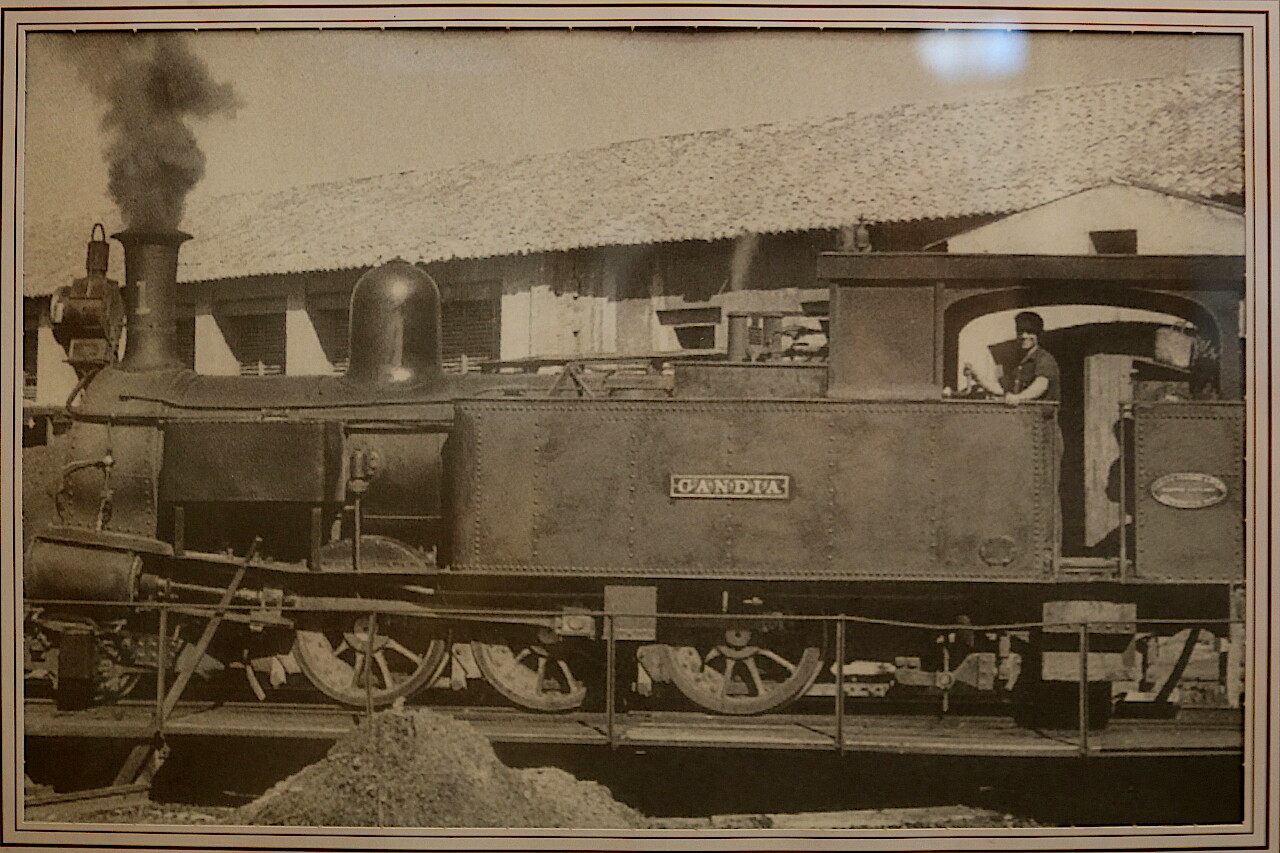
The passenger cars were made in Birmingham, they had a length of 14 meters and could accommodate 40 people. The cars were made of wood and were quite comfortable for that time. On June 16, 1892, a single locomotive made its first run from Gandia to Alcoy, and on the following day, a train with empty cars left for Alcoy. The opening of the line was scheduled for November 2, 1892, and the city council of Alcoy allocated 3,000 pessetas for celebrations, but it had to be postponed until January 24, 1893 due to the incomplete construction of one of the bridges. .
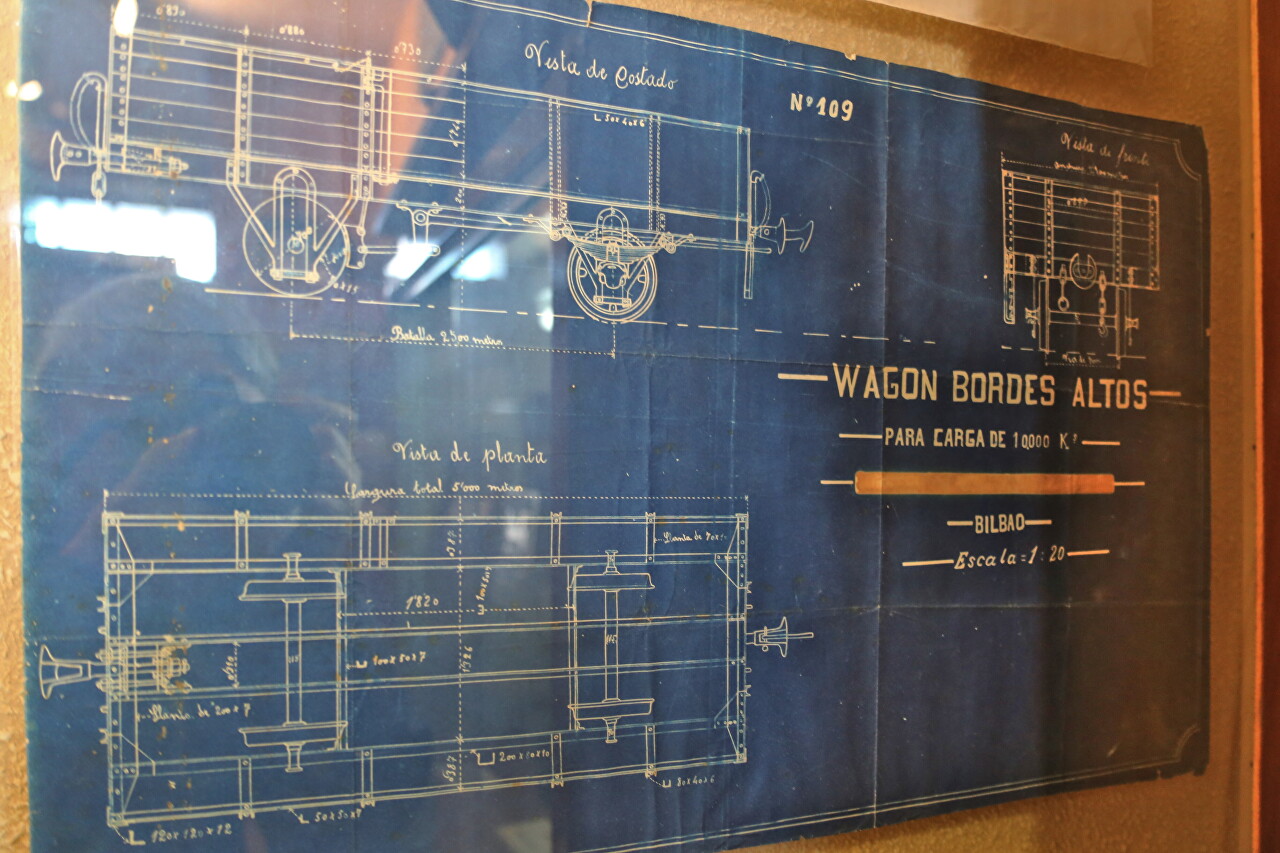
The first trip was attended by numerous guests, including members of Parliament. All the stations were decorated and there were brass bands and enthusiastic crowds of locals. Although the concessionaires planned only freight transportation, seeing the demand for a new means of transportation, they began to use mixed trains of freight and passenger cars.
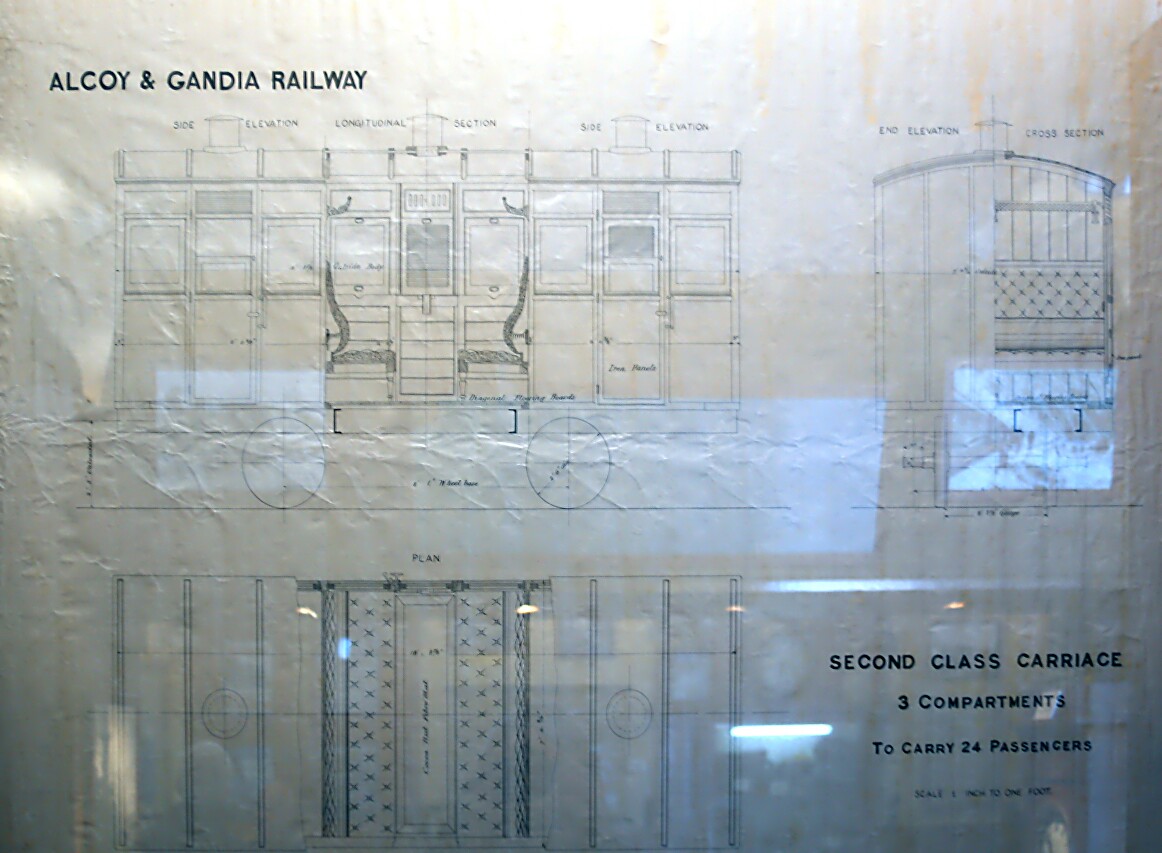
The railway is popularly known as Tren dels anglesos (English Train). For some mountain villages, the railway has become the only way to communicate with the outside world.
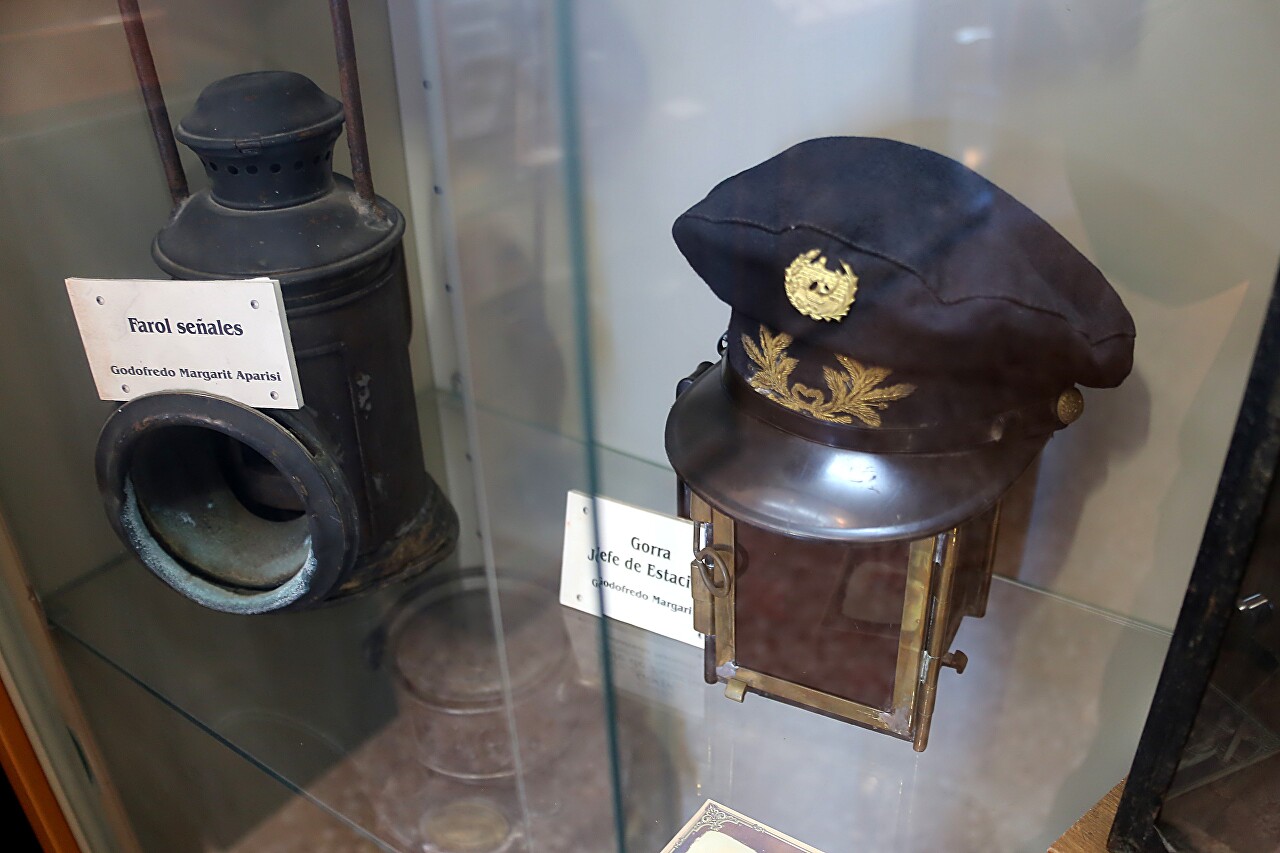
In 1895, the line had 9 locomotives, 84 open and 15 covered freight cars, 30 passenger cars and 2 cattle cars. The volume of traffic was constantly increasing and in 1913 was 75,000 tons.
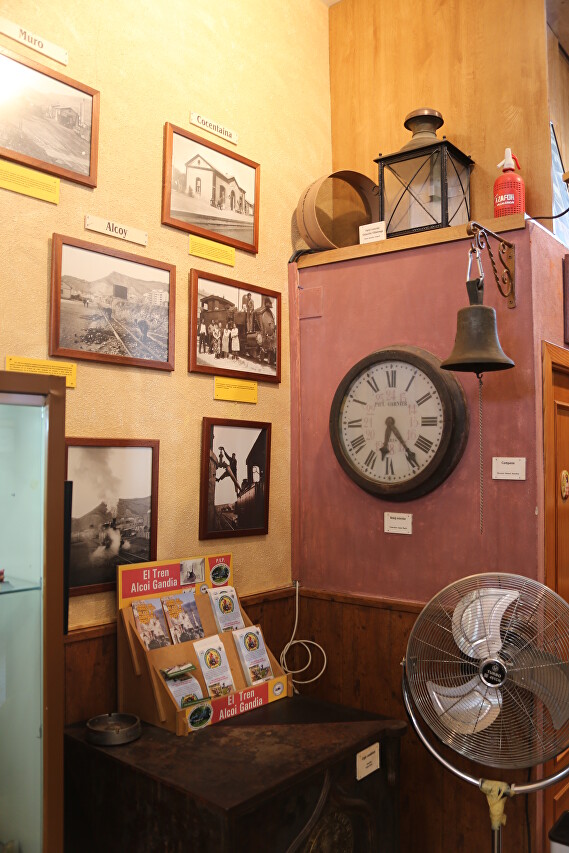
.Trains carried paper, cardboard, oil, wine, flour, fabrics, fruits and vegetables from Alcoy, and agricultural products were mainly sent to the UK. In 1911, the port of Gandia became the second largest citrus export destination after Valencia. Coal, wood, fish, and tobacco were brought from the port, arriving from England.

In the second half of the twentieth century, as a result of the construction of roads, the importance of the Alcoy-Gandia railway began to decline, and in 1965 the shareholders sold it to the state-owned narrow-gauge railway company FEVE. The last train passed on the route on April 15, 1969.
